

Scientists at Victoria University of Wellington are making new shapes of nanoparticles. These will help reduce poisonous emissions from car exhausts by making catalytic converters in cars more ...
READ MORE
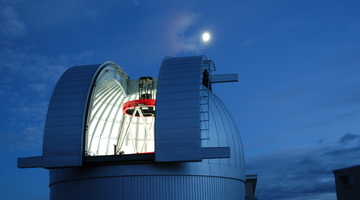
Hundreds of extrasolar planets (around other stars) have been found using several methods, including transit, ‘wobble’ and microlensing. New Zealand scientists are part of the hunt for extrasolar ...
READ MORE
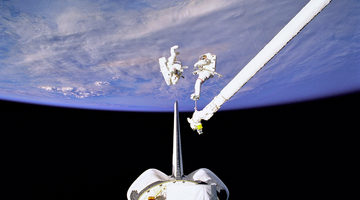
Distances in space are really, really big. The Voyager 1 spacecraft is heading out of our Solar System at 62,000 km per hour, but even at that speed, it would take it 77,000 years to reach the ...
READ MORE

In this activity, students explore the transit method of searching for planets. They plot graphs of light measurements from stars, searching for dimming that indicates the presence of a planet ...
READ MORE

The light of the electromagnetic spectrum is the key to finding out about space without leaving Earth. Using a telescope to study the different wavelengths of light given off by an object in ...
READ MORE

Space debris is leftover rocket parts and non-functional satellites and any other machinery or debris left by humans. Humans have been launching rockets into space since the 1950s, and now, 70 ...
READ MORE

Search data from NASA’s Kepler spacecraft for the dips in star light intensity caused by exoplanets – planets that orbit stars other than the Sun. As these exoplanets pass between the star and ...
READ MORE
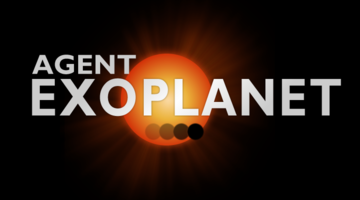
Help astronomers at Las Cumbres Observatory, California, study exoplanets – planets that orbit stars other than our Sun. Do this by interpreting images taken by their telescopes in Hawaii ...
READ MORE
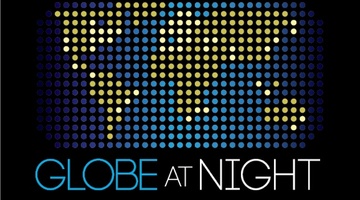
Globe at Night is an international citizen science campaign to raise public awareness of the impact of light pollution by inviting citizen scientists to measure and submit their night sky ...
READ MORE

In this online PD session recorded on 2 June 2016, Andrea Soanes from the Science Learning Hub was joined by three guest presenters – all inspirational women working in STEM – who shared their ...
READ MORE

When St Francis Xavier Catholic School decided on the theme ‘Innovation’ as a whole-school science and technology focus, year 3 teacher Jo Collyer began searching for relevant teaching resources ...
READ MORE
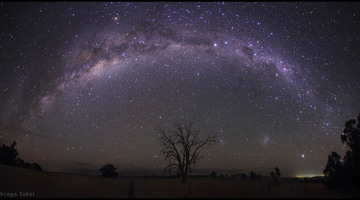
In this online PD session recorded in August 2015, secondary school teacher Steve Chrystall describes how he uses the Science Learning Hub’s satellites and rocket resources to teach space and ...
READ MORE
Dr Richard Tilley of Victoria University of Wellington explains what catalytic converters are and the role of catalysts. He also outlines why different shapes of nanoparticles are useful.
READ MORE
Prof Richard Haverkamp, of Massey University, explains why the small size of some nanoparticles helps them become good catalysts.
READ MORE
While Dr Richard Tilley of Victoria University of Wellington explains how surfactant chemicals are used to control size and shape of nanocrystals, we see John Watt making gold nanoparticles in a ...
READ MORE

Astronomers use telescopes that detect radiation from different parts of the electromagnetic spectrum. This interactive explains which part of the spectrum various telescopes are able to view and ...
READ MORE

The size, orbit and design of a satellite depend on its purpose. In this interactive, scientists discuss the functions of various satellites and orbits. Accompanying fact files provide ...
READ MORE

Test your knowledge of telescopes with this quiz.
READ MORE